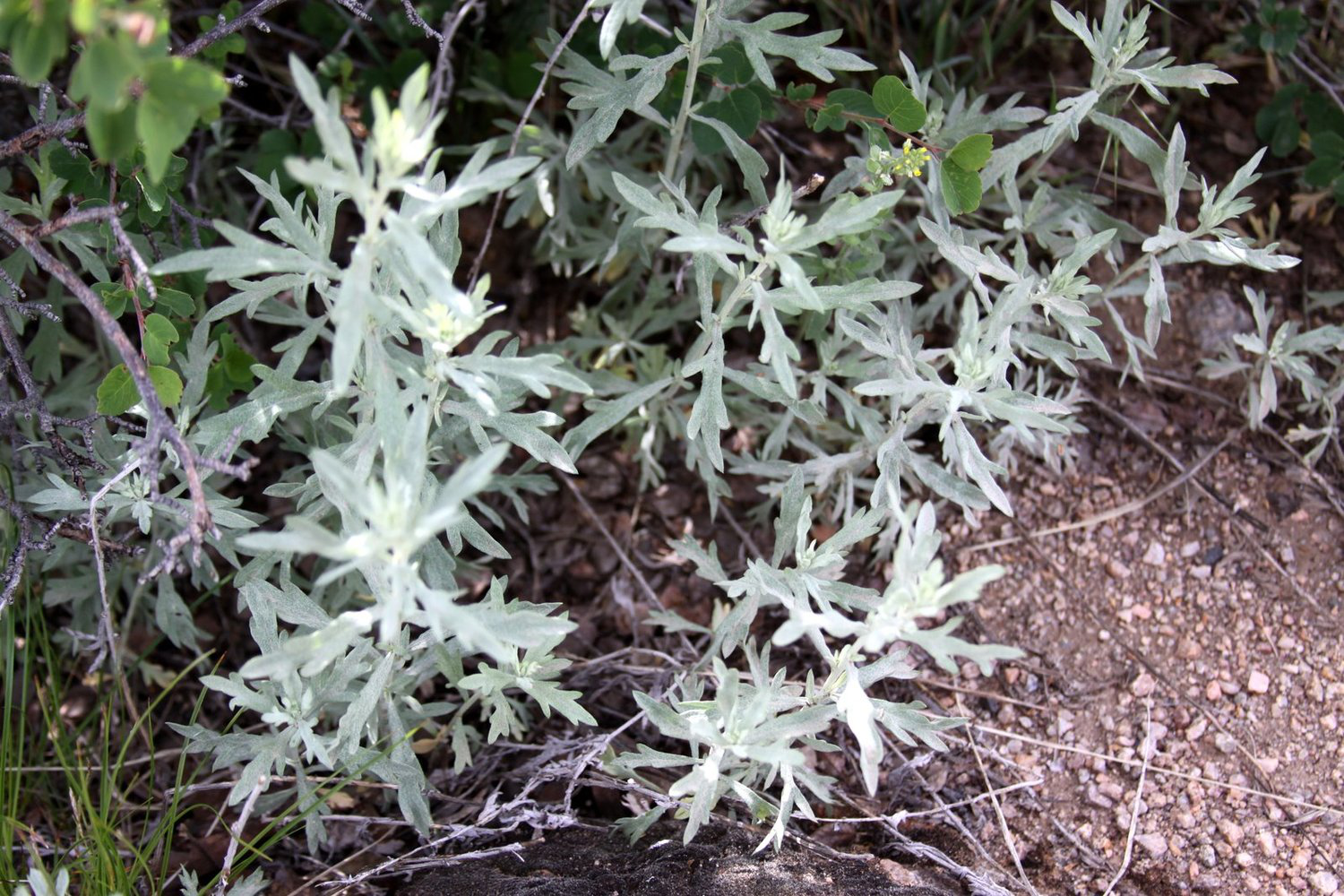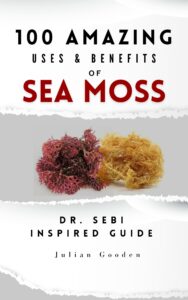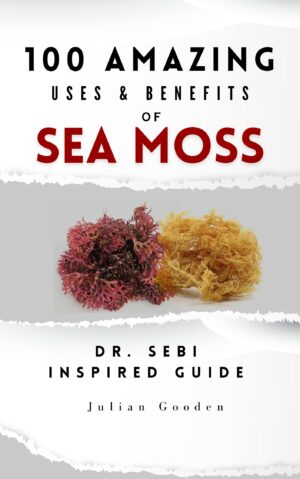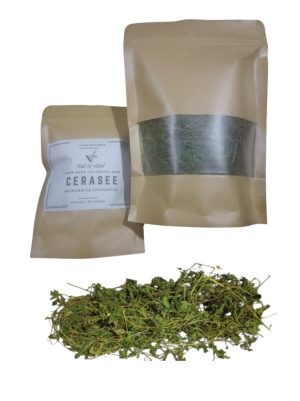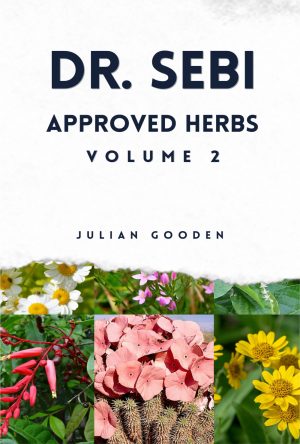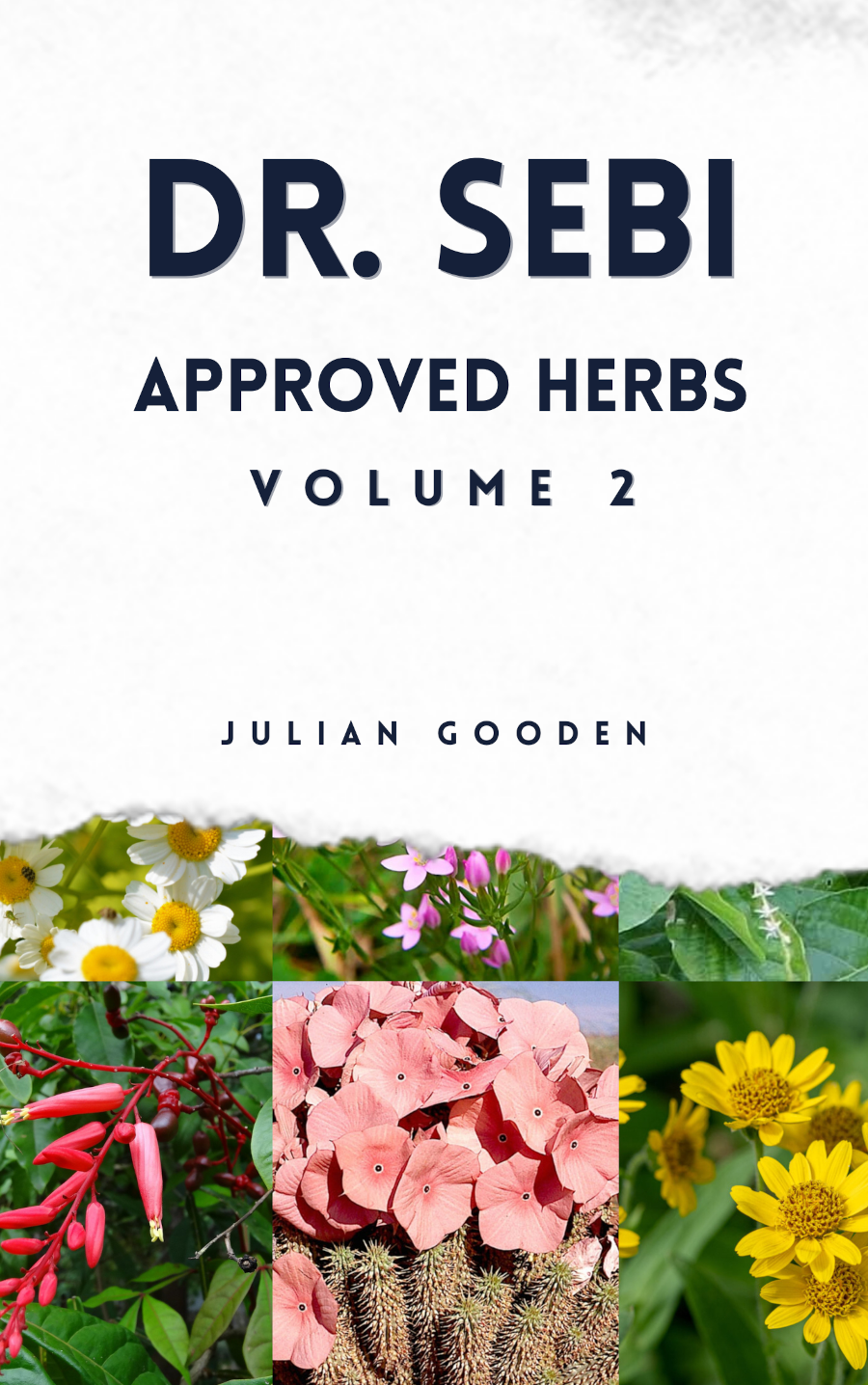Dr Sebi:
I could go to Mexico and get a plant known as estafiate.
The herbalists here don’t know what that is but it is a rewarding piece of material.
Plant profile of Estafiate
Plant: Estafiate.
Genus and species: Artemisia ludoviciana.
Names: Sacred Sage, South Dakota Sage, man sage, Silver wormwood, Prairie sage, Cudweed sagewort, Silver sagebrush, Istafiate, Iztauhyátl, Ajenjo del país, Estafiate de Castilla
Summary
- Like most of the Artemisia genus, estafiate is intensely bitter, which makes it an excellent bitter tonic.
- Bitter herbs stimulate the digestive system by improving appetite, increasing the production of bile and strengthen the muscular response of the intestine called peristalsis.
- Estafiate is rich in aromatic volatile compounds that increase the secretion of moisture in the lungs to effectively address thick mucus in lung infections.
- The volatile oils in estafiate also alleviate menstrual cramping and stimulate a late menstrual period.
- Estafiate contains artemisin and santonin, which irritate and cause small intestinal parasitic worms such as pinworms and other roundworms to be expelled.
- Other things that it is said to heal are: anxiety, stress, insomnia, asthma, bacterial and fungal infections, diarrhea, cramps, intestinal gas, epilepsy, fever, headache, irritability, restlessness, menopause symptoms, menstrual complaints, mild depression, muscle spasms, persistent vomiting, skin inflammation, tapeworms and other worms.
Warning
It should not be used by pregnant or nursing women. Large doses and regular use over a prolonged period of time should be avoided.
Parts of the plant used
Principally the leaves and flowers, and sometimes the stems.
How is it used?
The leaves and flowers are steeped in boiling water to make a tea for the treatment of various ailments, most of which are related to the digestive system.
What is it used for?
Tea made from leaves and stems is used to treat stomachache (colic), diarrhea, fever, and to expel intestinal worms. Externally, a decoction of the plant is used to treat rheumatism and hemorrhoids due to its purported analgesic and anti-inflammatory properties.
How to collect the plant
Collect estafiate by cutting with a scissors or pinching the plant near the base and leaving a pair of healthy leaves so the plant can continue to support the root system. Bundle them with a rubber band. Allow them to hang and dry in a cool shady place with good airflow.
When dry, use one teaspoon of the leaves per cup of water and steep for 15 minutes.
Use suggestion
- For digestion, slowly sip one ounce 15 minutes before meals.
- For a cough, drink three to five cups a day.
References
https://www.mexgrocer.com/44989-33080.html
https://www.utep.edu/herbal-safety/herbal-facts/herbal%20facts%20sheet/estafiate.html
https://www.taosnews.com/stories/herb-of-the-month-estafiate,55040


